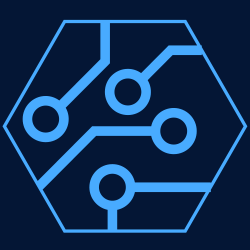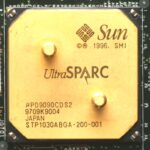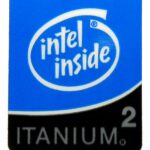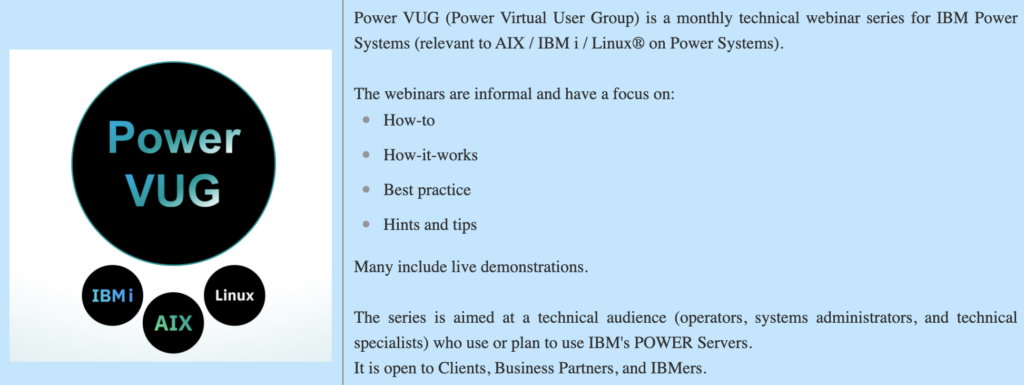I was tired of “defending” the platform against people who doesn’t know anything about IBM i but still tells the world loudly and clear it is a old fashioned and dying platform.
Well, sometimes the best defense is a good offense. So i created a presentation where I instead of avoid talking about 5250 green screens from an end user perspective (where it honestly doesn’t belong), to highlighting unique features that other platforms just dreams about from a systems management perspective (massive help functions built in, unique in it’s message id system for problem detection and determination etc. etc.).
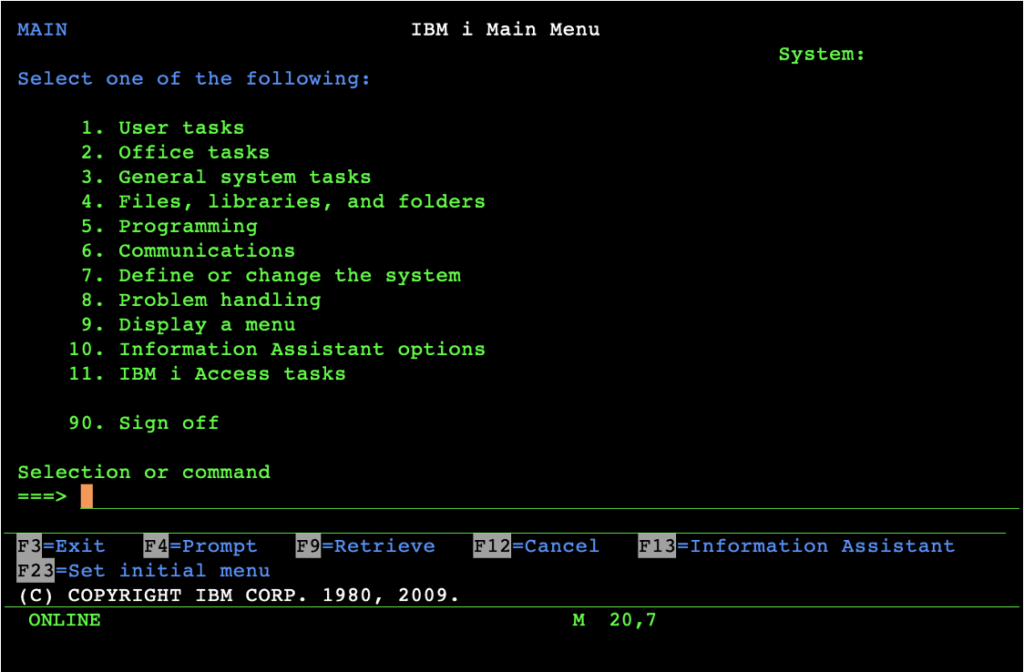
In the presentation I will go through as many things that is unique compared to other platforms I can in the time set aside for me. Could be unique in a way that there is nothing compared on other platforms at all (why do we have 520-byte format on storage, what is branching that makes IBM i ultra efficient and extremely fast for business applications?), but It can also be how something is implemented and often beautifully holistic integrated in the whole stack, from hardware and up to the data itself in the database (Tags Active Mode for example or how the database engine works extremely close to the CPU itself through Systems Licensed Internal Code).

And yes, I will also make some mocking about failed projects by other companies trying to build something similar to IBM i.

And yes, Intel and Sun will have their shared part…
Please reach out if you are interested in this session

